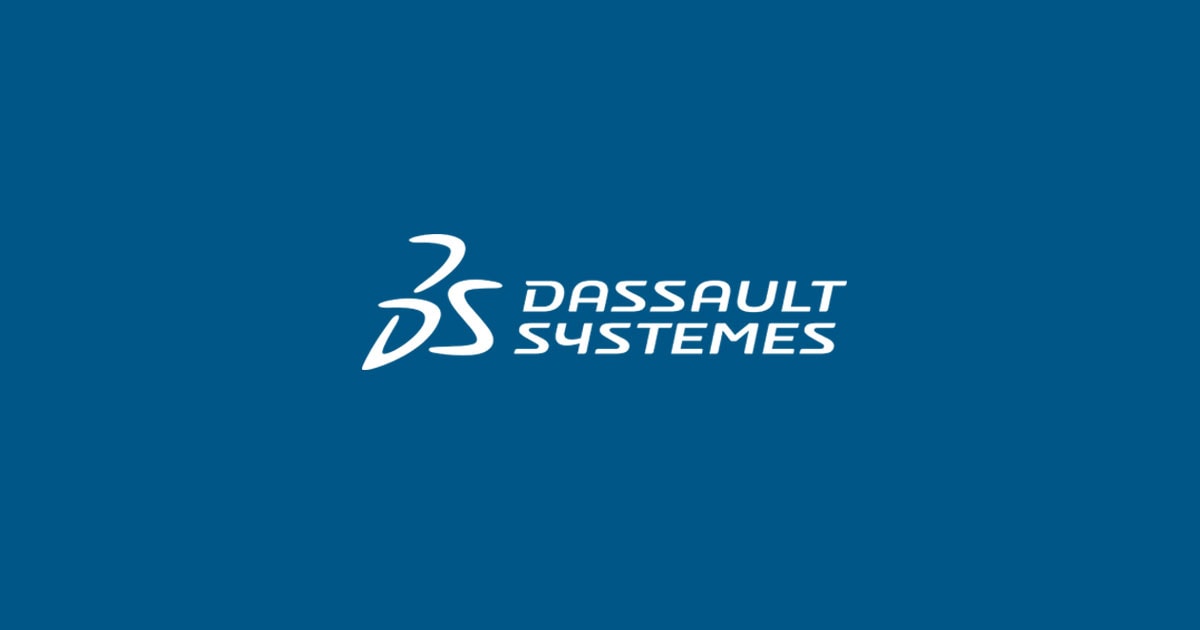, we discussed the use of predictive modeling tools to build initial atomic-level structures of potential drug targets (e.g., proteins) and to refine regions that were not experimentally determinable (See Video). These tools include the addition of hydrogen atoms and flexible loops that are sometimes not capable of being resolved experimentally. We examined this in the context of the cryo-electron microscopy (cryo-EM) of the SARS-CoV-2 spike (S) protein recently published in the journal Science (DOI: 10.1126/science.abb2507).
In this blog, we will detail how molecular modeling and simulation of refined structural models such as the SARS-CoV-2 S protein can assist in the generation of new hypotheses for the discovery and design of putative therapeutics to treat COVID-19.
Drug Binding is Dependent on Structural Changes
In living systems, proteins naturally exist as dynamic entities. Their dynamics often predetermine their function. The physicist Richard Feynman once said:
“If we were to name the most powerful assumption of all, which leads one on and on in an attempt to understand life, it is that all things are made of atoms and that everything that living things do can be understood in terms of the jigglings and wigglings of atoms.” 1
The SARS-CoV-2 S protein is no exception to Feynman’s principle. Prior to entering human cells, the S protein binds a receptor referred to as angiotensin-converting enzyme 2 (ACE2).2 The receptor-binding domain (RBD) is part of the S protein that binds ACE2 (Figure 1A). The RBD can exist in at least two primary conformational states called the up (receptor-accessible) and down (receptor-inaccessible) states (Figure 1B). When the RBD is in the up state, the S protein is more “open” to facilitate the binding of ACE2.2 Studies have suggested that the down, receptor-inaccessible state, is more stable.2 This implies that putative therapeutics such as small organic molecules capable of binding RBD could stabilize the RBD in the down state and prevent the virus from interacting with ACE2; thus, stopping COVID-19 from infecting people.
bility, BIOVIA is pleased to offer qualifying academic research groups involved in SARS-CoV-2 related studies a no-charge, six-month license to BIOVIA Discovery Studio to assist them in the search for rapid, safe and effective therapeutic drug candidates against the SARS-CoV-2 virus. If you are an academic researcher in this field, please request a software license and download. This offer will run through June 30, 2020.
References
-
Ruth Nussinov, A. S. (2015, October 27). PLOS Blogs. Retrieved from PLOS.org: https://blogs.plos.org/biologue/2015/10/27/macromolecular-structure-and-dynamics-collection/
-
Wrapp, Daniel, et al. “Cryo-EM structure of the 2019-nCoV spike in the prefusion conformation.” Science 367.6483 (2020): 1260-1263.
-
Greener, Joe G., and Michael J. E. Sternberg. “Structure-based prediction of protein allostery.” Current Opinion in Structural Biology 50 (2018): 1-8.
-
Ellingson, Sally R., et al. “Multi-conformer ensemble docking to difficult protein targets.” The Journal of Physical Chemistry B 119.3 (2015): 1026-1034.
-
Yuan, Meng, et al. “A highly conserved cryptic epitope in the receptor-binding domains of SARS-CoV-2 and SARS-CoV.” Science (2020).
-
Cannon, Daniel A., et al. “Experimentally guided computational antibody affinity maturation with de novo docking, modelling and rational design.” PLoS Computational Biology 15.5 (2019): e1006980.

